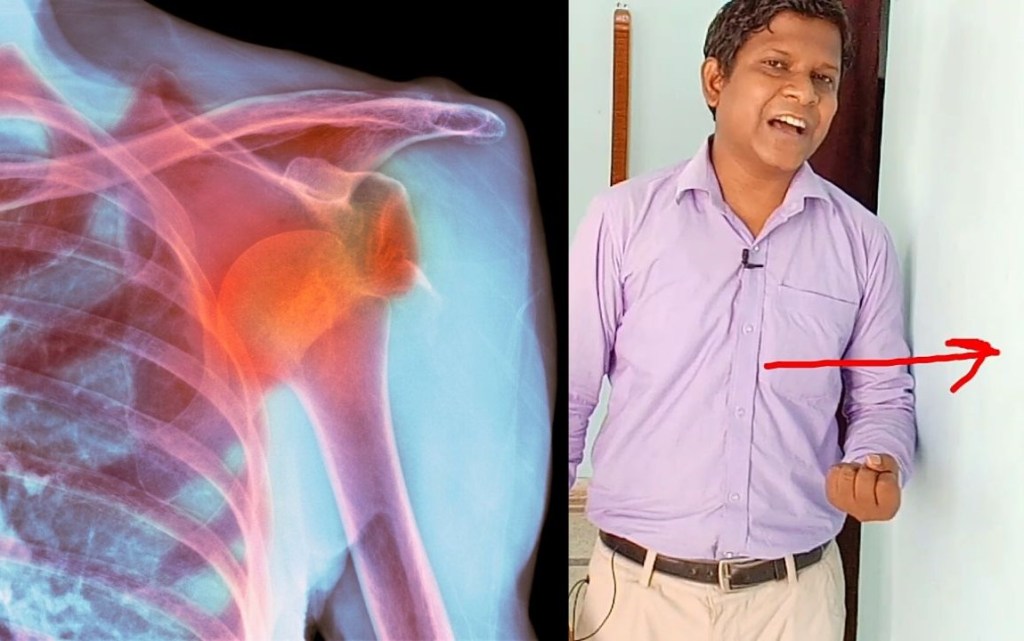Last updated on April 29th, 2025 at 04:36 pm

- Key findings of the research include low or very low confidence in the effectiveness of various pain medications compared to a placebo.
- Some medications might have larger reductions in pain but also an increased risk of adverse events.
- Limited evidence on the effectiveness of different medicine classes.
- Conservative methods like heat, massage, and exercise are recommended.
Update: After two decades FDA has approved a non-opioid analgesic, a newer painkiller that has minimal side effects.
Prescribing painkillers for lower back pain is a prevalent practice among doctors. Though low-back exercises are safe and equally effective in managing low-back pain, we may sometimes depend on analgesics to cure severe back aches. However, scientists have always been curious about the effectiveness of pain medication on lower back pain. A recent study published in the online journal TheBMJ examined how effective different pain medications are for treating short-term low back pain1.
In this article, we try to understand how this critical research was carried out, whether painkillers work for our lower back pain, and how safe it is.
Does back pain medication really work, how safe it is?
Acute low back pain is a condition in which back pain lasts for less than six weeks. One of the common reasons for this is a low back spasm. It can be managed conservatively following a few easy tips to get rid of low back spasm.
Doctors commonly prescribe pain medication for low back pain. However, a recent study aimed to investigate the safety and effectiveness of analgesics for this condition. To do so, researchers compiled a list of older studies that primarily examined the outcomes of pain medication on low back pain. They gathered data from these sources, starting from their inception up until February 20th, 2022.
They carefully selected the study paper that met the following criteria:
- Studies testing medications on adults with non-specific lower back pain for at least 24 hours.
- Studies comparing different medications, placebo, or no treatment.
- Studies where medications were administered systemically (oral, intravenous, etc.).
In total, the researchers analyzed 98 randomized controlled trials that included a total of 15,134 participants. Out of the total participants, 49% of them were women and looked at 69 different pain medications or combinations for short-term low back pain.
All the study papers were collected, and scientists analysed the extracted data. They were looking for two significant outcomes:
- The primary outcome was to measure low back pain intensity and safety.
- Secondary outcomes included low back-specific function, harm, and acceptability.
Finally, the researchers analysed all the collected data, and the results were analysed. Overall, the research aimed to provide a comprehensive picture of how different medications compare for treating lower back pain.
Effectiveness of medications for acute non-specific low back pain:
Effectiveness of medications for acute non-specific low back pain:
The researchers found that pain medicines such as tolperisone, aceclofenac plus tizanidine, pregabalin, and 14 other medicines showed evidence of reducing pain intensity compared to a placebo.
However, the confidence in these findings was low or very low due to the limited number of studies and methodological flaws. Additionally, they also observed that there was no significant difference in the effects of several medicines.
The side effects of these medications were also analysed. The medicines, including tramadol, paracetamol plus sustained-release tramadol, baclofen, and paracetamol plus tramadol, were associated with increased risks of side effects but with moderate to very low confidence.
One of the most essential points that surfaced from this study was that these medicines had higher chances of adverse events compared to placebo or other medicines, but the confidence in this conclusion varied from moderate to low. The analysis also considered secondary outcomes and secondary analysis of medicine classes, but the confidence in these findings was moderate to low.
What does it mean for us?
The study found that there is still uncertainty about the effectiveness and safety of pain medications for acute low back pain. The paper’s author recommends that clinicians and patients use pain medications with caution until higher-quality studies are available.
The author of the study paper highlights that conservative management should be the preferred choice of treatment in such type of back pain.
If it is chronic and it is an unexplained low back pain, it could be due to Swiss cheese bone, according to a study. However, a different study suggests that behaviour therapy can cure chronic low back pain. This included precautions such as
- proper ways to sleep during back pain,
- The use of a back pain belt, and
- Finally, when acute pain is reduced, one should perform these low back pain exercises.
Keep Reading: Effective chronic pain treatment using sound & electrical stimulation possible| Study
The author is a physiotherapist who has been practising for the last 17 years. He holds a Bachelor's in Physiotherapy (BPT) from SVNIRTAR (Swami Vivekananda National Institute of Rehabilitation and Research), one of the prestigious physiotherapy schools in India.
Whatever he learns dealing with his patient, he shares it with the world through blogs and e-books. He also owns a YouTube channel, "Sunit Physiotherapist" with over 8 lakh active subscribers. Here, he shares everything he gets to learn serving the patient.





